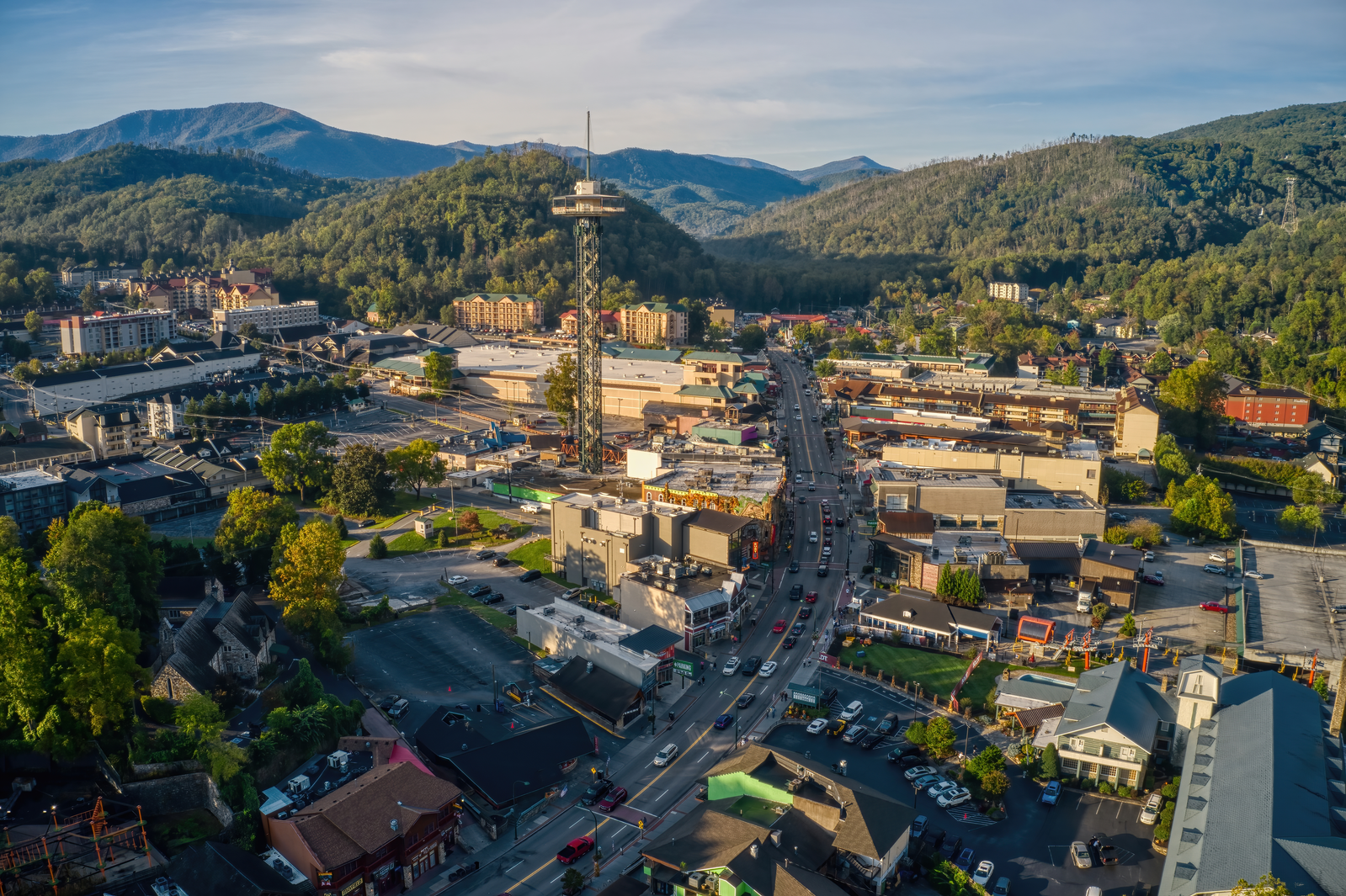If you want to learn more about what life was like for pioneers who lived in the Smokies, you should visit the Noah “Bud” Ogle cabin along the Roaring Fork Motor Trail. This historic building is also known as Ogle Place and consists of a farmhouse, bar, and tub mill. Keep reading to find out more about the Noah “Bud” Ogle cabin on Roaring Fork Motor Trail:
History of the Cabin

The Ogle family is well known in Sevier County. The original Ogles settled in White Oak Flats, which is now known as Gatlinburg, in the early 1800s. Noah “Bud” Ogle was a descendent of these Ogles, and he built his farmhouse sometime in the 1880s. He owned over 400 acres of land until he split the land between his children, which left him with about 150 acres.
Ogle mostly grew corn on his land, but he also had an apple orchard with several different varieties. Today, you can see the tub mill near the farmhouse. This mill was used by Ogle’s family members for free, while other neighbors gave Ogle cornmeal so they could use the mill. Ogle’s wife, Lucinda Bradley Ogle, was a midwife.
In 1977, the Noah “Bud” Ogle cabin was put on the National Register of Historic Places.
Buildings at Ogle Place

The cabin is what’s known as a “saddlebag” house. This means two structures are connected by a common chimney. This design was unusual for the time it was built, and it also has a covered porch that spans both sides. The two cabins were built 5 years apart, and they each have a loft. People are able to walk inside the cabin today to see what it was like.
The barn on the property is the last four-pen barn in the Great Smoky Mountains National Park. These pens held all kinds of livestock back in the day. The barn was also known as a “drive through” because Ogle and his family members could drive or park wagons in the covered middle section of the barn.

The tub mill is another structure of the homestead that is left standing today. It sits on LeConte Creek. Ogle’s family members and neighbors would come to the mill to grind flour or cornmeal. Over the years, the National Park Service restores these historic buildings to keep them in good condition so visitors can see what life was like for pioneers.
More About the Roaring Fork Motor Trail
Noah “Bud” Ogle’s cabin is just off of the Roaring Fork Motor Trail, but there are plenty of other interesting stops along the scenic drive! Roaring Fork is a one-way paved road that takes you through the beautiful wooded forests of the Smokies.

If you keep hiking past the Ogle cabin, you will find the trailhead for Rainbow Falls Trail, where you will hike through the beautiful woods and eventually find the tallest single-drop waterfall in the national park. Trillium Gap Trail is also along this scenic drive, and this trail will take you to Grotto Falls, a 25-foot-tall waterfall you can walk behind. Another stop is The Place of a Thousand Drips, which is a small waterfall that can be seen from the comfort of your car!
Please note that Roaring Fork Motor Trail is closed from December to March.
There’s nothing more interesting than learning about people who used to live in the Smokies. Now you know a little more about the Noah “Bud” Ogle cabin, and you can have fun exploring the Roaring Fork Motor Trail! Want to know about even more places to visit? Check out these historic spots in the Smoky Mountains!

















